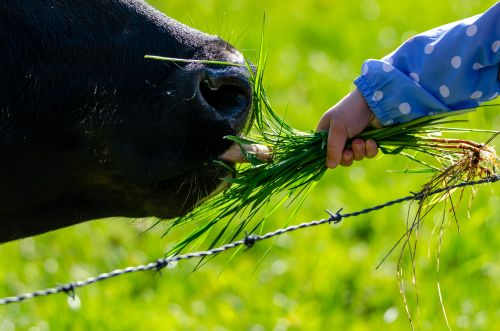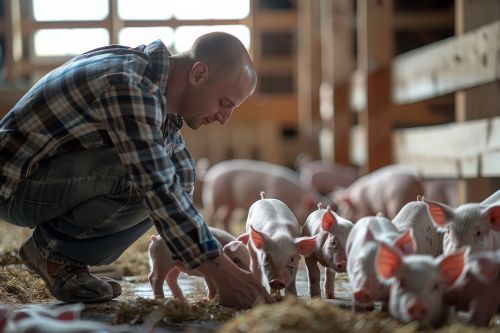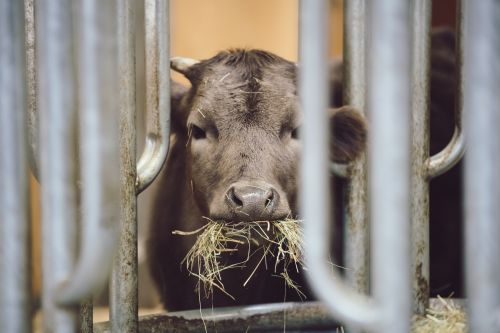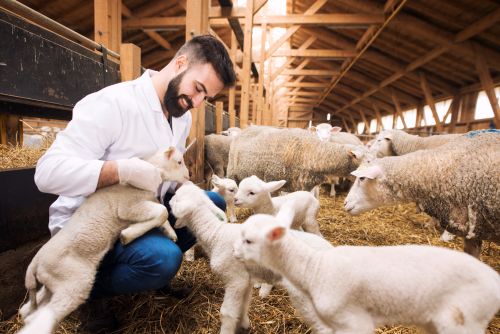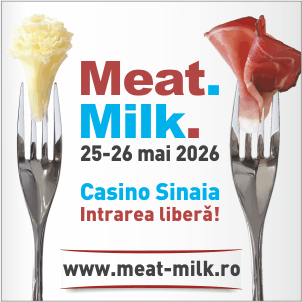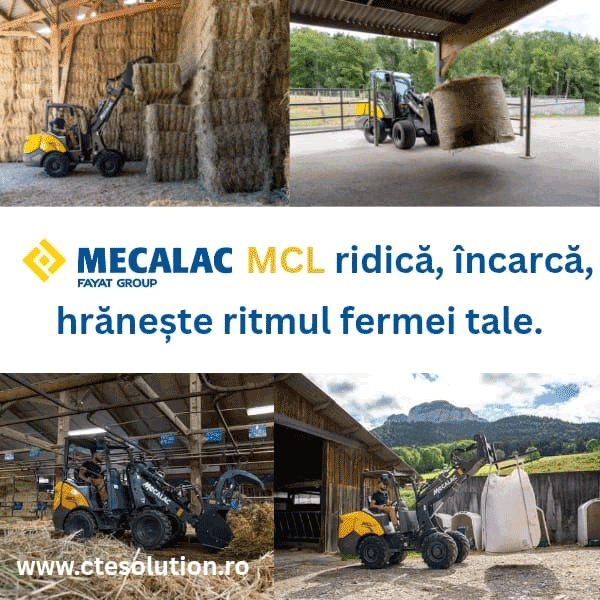390
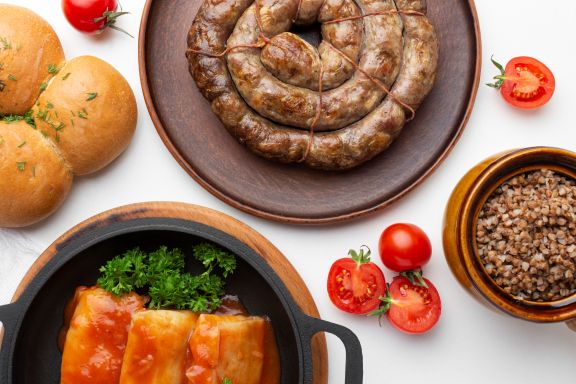
Romania’s meat industry is undergoing a complex period of adaptation, caught between rising costs and the increasing pressure of European standards. Although Romania has considerable agricultural resources, technological gaps and the lack of value chain integration limit its competitiveness compared to Western states.
According to Eurostat data, production costs in the meat sector increased by over 20% between 2021 and 2024, driven by energy, feed, and transport. At the same time, processors’ profitability declined by 12%, while domestic consumption remained stable at around 65 kg of meat per capita, according to INS. Romania produces approximately 1.2 million tons of meat annually (mainly poultry and pork), yet exports have stagnated. FAO notes that the added value per ton of product is 30% lower than the EU average due to the limited degree of processing.
According to MADR, only 43% of slaughterhouses operate at full European standards, while investments in digitalization and sanitary control remain insufficient. “Romania must move from exporting raw material to exporting finished products that are competitive in quality. We have real potential, but collaboration between farmers and processors is essential,” stated Florin Barbu, Minister of Agriculture, at a conference held in Cluj-Napoca. At the same time, the European Commission is encouraging a transition toward sustainable production and short distribution chains.
Countries such as France and the Netherlands have invested heavily in DOP and IGP quality schemes, which can increase the market value of products by up to 25%. In Romania, only 9% of processors use such certifications, according to FAO. The regulatory pressure regarding carbon emissions and animal welfare will require rapid changes. The World Bank estimates that investments in energy efficiency and clean technologies could reduce production costs by up to 18%. Accessing European funds available through the 2023–2027 CAP Strategic Plan thus becomes a condition for economic survival. To remain competitive, Romania’s meat industry must focus on quality, traceability, and the consolidation of local cooperatives.
The European market no longer rewards volume but trust and controlled origin. Through coordinated investments and partnerships between farmers, processors, and retailers, Romania can transform its agricultural advantage into a strong agri-food brand.
(Photo: Freepik)
